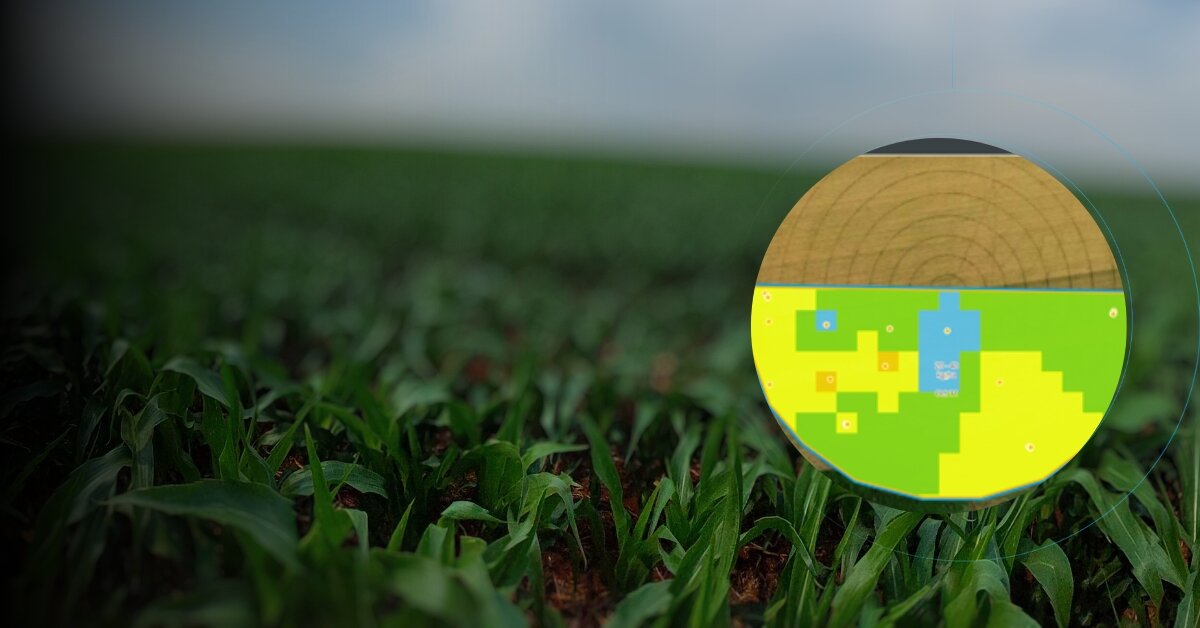
Case study: Stenon’s N-Maps Align with onesoil.ai Productivity Data

Introduction
At Stenon, precision and innovation drive our mission to revolutionize agricultural management. Our real-time nutrient mapping solutions empower farmers to make informed, data-driven decisions. A recent case study from Central Brazil highlights the exceptional accuracy of our Nitrogen Maps (N-Maps), which demonstrated a remarkable alignment with productivity data from onesoil.ai.
Challenge
Farmers require real-time, field-specific insights to address nutrient deficiencies impacting crop health and productivity. While historical productivity data from tools like onesoil.ai provides valuable information, it lacks the ability to capture real-time nutrient status, critical for immediate action.
Solution
Stenon offers a comprehensive soil data management system, combining advanced hardware, artificial intelligence, and intuitive software. This solution provides real-time soil insights and actionable recommendations tailored to local agronomic practices, enabling precision agriculture at scale.
Results
In the Central Brazil study, Stenon’s Nitrogen Map (N-Map) exhibited a strong correlation with a five-year productivity map generated by onesoil.ai.
Key findings include:
High Data Correlation: N-Map measurements aligned closely with onesoil.ai’s historical productivity data, demonstrating the consistency and reliability of Stenon’s real-time nutrient mapping technology.
Real-Time Decision Support: Unlike historical productivity maps, Stenon’s N-Map provided an up-to-date snapshot of the nutrient status, enabling farmers to act immediately to optimize crop health.
Enhanced Agronomic Validation: The alignment between N-Map and onesoil.ai data further validated Stenon’s system as a robust and complementary tool for integrated crop management.
The ability of Stenon’s N-Map to align with established productivity maps from onesoil.ai underscores its precision and its potential to optimize yields, reduce input costs, and promote sustainable farming practices.
Watch the full video about this case study: